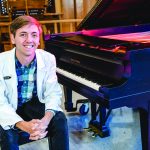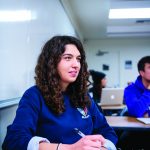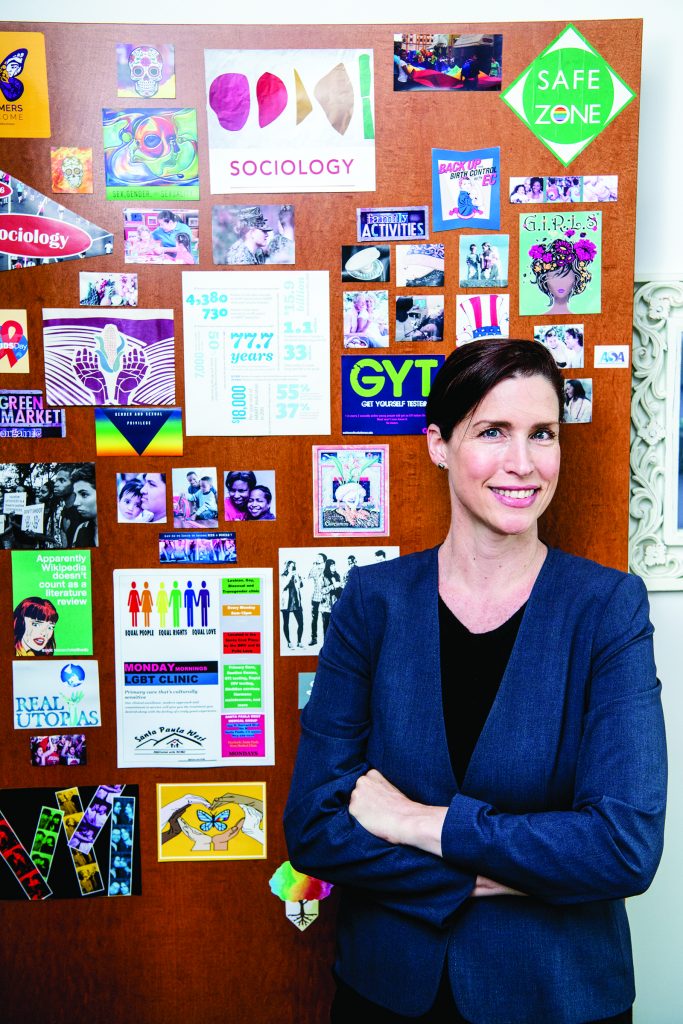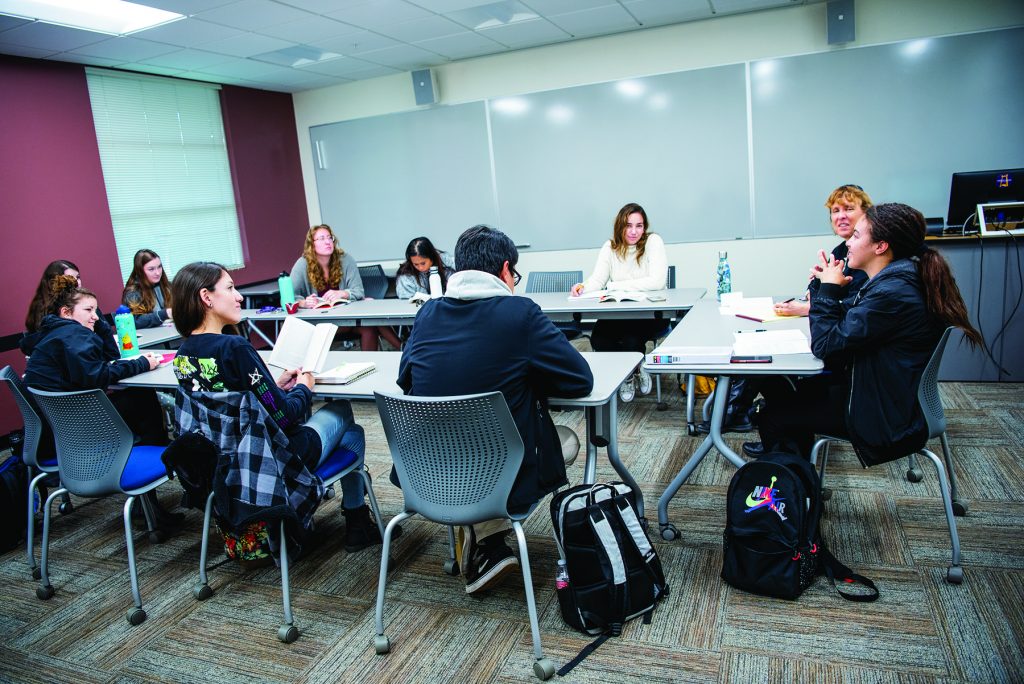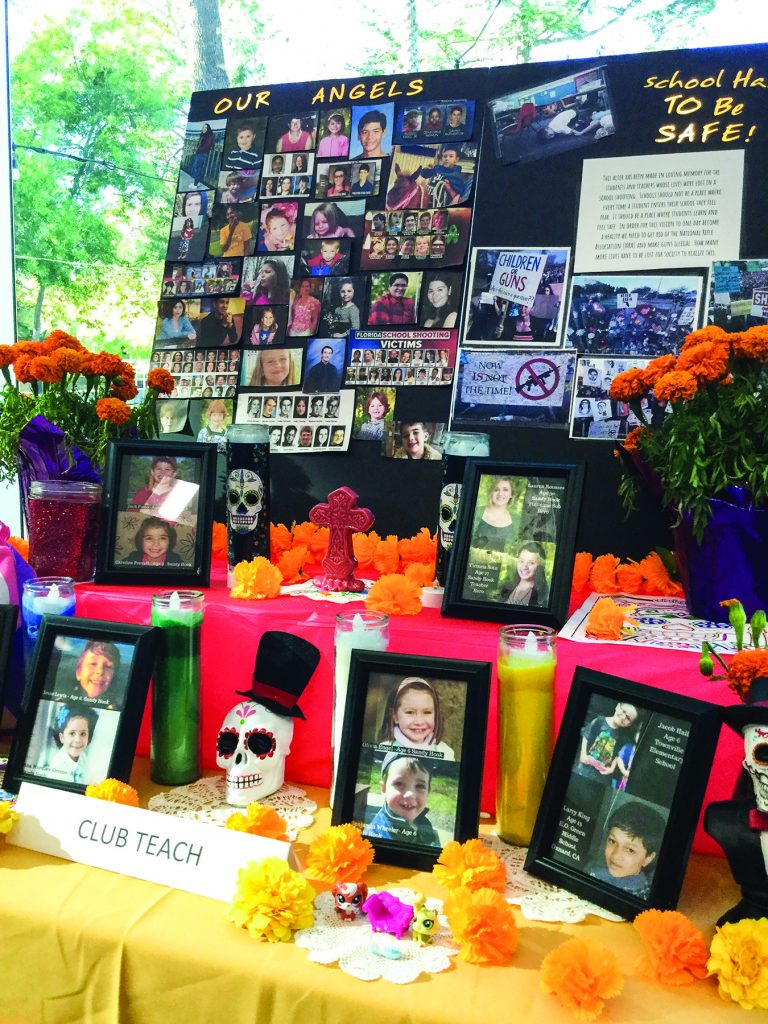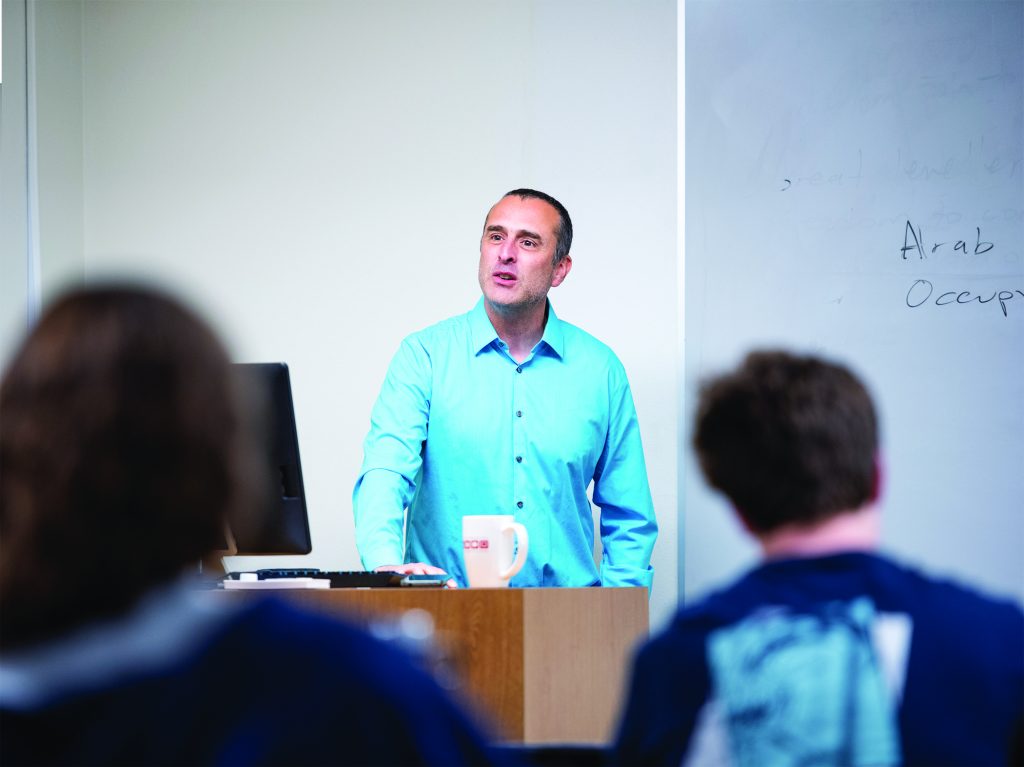The University Honors Program (UHP) has been expanded and enriched. Its new director, Professor of Sociology Adina Nack, has introduced a new first-year course series, “Arts and Civilization,” which combines history with the visual and performing arts; more than a dozen new electives; the first “study-away” section of Religion 100; a new scholarship; and an alumni network.
Entering students with superior academic credentials are invited to join the Honors Program. Currently, there are 160 honors students taking small, interdisciplinary courses that explore timely topics in specialized seminars.
Nack, who has taught in the program since 2014, explains how UHP is both practical and intellectually stimulating. “The Honors Program provides a pathway through University’s general education requirements and can be completed in the first two years. Honors courses spark new interests and students learn to think critically about current issues. Honors is committed to stimulating dialog from diverse perspectives.”
Aaron Rohrer ’22, majoring in Film and TV Production and Spanish, says that as an Honors student, he has “become a more informed citizen capable of making educated decisions regarding issues such as voting in local and national elections as well as analyzing the role that different countries play in international economics and well-being.”
UHP students identify as a cohort as they connect with other honors students and faculty during special field trips, enjoy classroom visits from renowned guest speakers, and take part in exclusive on-campus events. Students benefit from focused faculty attention—including mentorship, academic advising and research opportunities—and new “study-away” opportunities.
Honors students travel for one week prior to the required introductory course “Religion, Identity and Vocation.” They stay at Luther Glen Farm and Retreat Center, and from there they visit the U.S. side of the border. In San Diego’s Chicano Park, home to the country’s largest collection of outdoor murals, and sites in San Bernardino county, they explore places where religious diversity, immigration and environmental justice intersect.
PROFESSORS CREATE NEW HONORS SEMINARS
Three professors who teach in the Honors
Program developed new experiential
and interdisciplinary courses for the past
fall semester.
- Social Media and Politics. Team taught by Jose Marichal, professor of political science, and Aaron Heresco, assistant professor of communication, the course explores the relationship between new media platforms and shifts in the principles and practices of citizenship. “Aaron brings in concepts from communication and I do the same as a political scientist. We show short clips, do group work, ask lots of questions, and try to come up with answers. The jury is still out on how social media impacts democracy. There aren’t easy ‘yes’ or ‘no’ answers, so we engage students in a collective ‘thinking through’ what these tools are doing to us and our social institutions,” explains Marichal.
- Social Science Seminar. Taught by Nack, it focuses on how power and privilege create intersecting social, political and economic inequalities which impact our experiences. A highlight of the seminar included a Dia de Los Muertos fieldtrip designed and led by Cynthia Duarte, visiting assistant professor of sociology. Students from Duarte’s Latinos and Public Health course joined Nack’s students to create altar projects commemorating a social justice issue. “One initial course goal is to increase students’ understanding of forces that shape the meanings of different sources of power, such as socioeconomic status, sex/gender, sexuality, age, health, race/ethnicity and immigration status,” according to Nack. “As the course progresses, we focus in-depth on contemporary issues.”
- Rites of Passage. Taught by Lisa Dahill, professor of religion, the class examines the importance of rites of passage in human development, the impact of their widespread loss today, and the creation of new or renewed rites for resilient global-ecological citizenship. Dahill explains, “Students did collage art projects showing images for transitions they’re in right now: who were they, what are the liminal spaces they’re living in now, what is their sense of what they’re hoping for—or dreading—in the future? We’re also seeing films and video clips of coming-of-age transitions from various cultures—’The Lion King,’ to contemporary Native American girls’ and boys’ rites, to wilderness quests for adolescents.”
